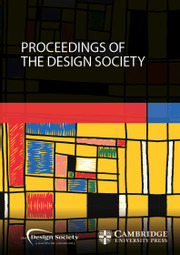No CrossRef data available.
Article contents
COMPOSITIONAL MODELS FOR THE INTERNET OF THINGS
Published online by Cambridge University Press: 19 June 2023
Abstract
The modularity of components has enhanced the ability to create IoT systems by composing them from off the shelf. However, the breadth of technological choices and capabilities of component devices has made designing these systems harder to select, compose, implement and test, especially for dynamic systems. In this paper, we adopt formal tools from category theory (CT), a branch of mathematics whose central tenet is compositionality, to generate models for IoT systems. More specifically, we introduce a port-graph operad to represent the architectural designs of IoT systems. We use presheaf categories to construct generic IoT schemas to support modularity. Given this information, we briefly describe its relationship to control strategies of dynamical systems that model the interaction of components. Our approach balances genericity and specificity, providing interlinked schematic representations of system architecture and component representation.
Information
- Type
- Article
- Information
- Creative Commons
- This is an Open Access article, distributed under the terms of the Creative Commons Attribution-NonCommercial-NoDerivatives licence (http://creativecommons.org/licenses/by-nc-nd/4.0/), which permits non-commercial re-use, distribution, and reproduction in any medium, provided the original work is unaltered and is properly cited. The written permission of Cambridge University Press must be obtained for commercial re-use or in order to create a derivative work.
- Copyright
- The Author(s), 2023. Published by Cambridge University Press

